Voting third party doesn’t make you edgy
November 7, 2016
Donald Tump and Hillary Clinton are the least liked candidates in the modern history of the United States. This is evident every time you flip on the TV or through the pages of a newspaper. For many people dissatisfied with the Democratic and Republican candidates, the logical next step would be to look for third party candidates to give their vote.
“Many people think that it’s a waste to vote for them because it just doesn’t matter.” [/pullquote]said Madeline Schill, senior at Ames High. She believes that because the main candidates have such a strong supporter base that third party candidates don’t have a chance. “No matter what, it has to end up as two people running.”
Since the early days, the United States has seen the rise and fall of many different political parties, but the two party system has remained a constant. Third parties have rarely polled well, so it is logical to conclude that a vote for a third party candidate is a wasted vote. This opinion is shared among many people, but there is another reason voting third party might be a throw away vote.
“It feels like there’s not really anything to explain what the candidates are for. The media mainly focuses on the main two parties and I don’t really think they give third parties a chance, said Lauren Niehm, senior at Ames High.
The media plays a vital role in reporting on the candidates and sharing information with the public. By not fairly publicizing third party candidates, the information about these candidates is not out in the open and their platforms and proposed policies have not received enough public scrutiny. By reporting on the truth, the media have driven many away from the main candidates and towards the candidates which the media have not yet been able to expose for their shortcomings. Often when making up their minds to vote for a third party candidate, voters get their news from the heavily biased campaign propaganda of the third party campaign itself simply because not enough information is out there. This can cause voters to throw their support behind a candidate who potentially is incredibly inexperienced and has poorly conceived plans for America, but disguises these flaws behind bold, attractive ideologies.
There are two main candidates: Libertarian Gary Johnson and The Green Party’s Jill Stein. On the outside, they look like viable choices. A vote for Gary Johnson at first glance appears to be a vote for increased liberties and social rights. A vote for Jill Stein feels like throwing support behind a truly environmentally focused candidate. Voters surf high on a wave of promises, but the problems arise in the details: the numbers and percentages in their specific policies. Lurking in the shadows of the Democratic and Republicans, these platforms are not explored and the results aren’t widely publicized. People are unaware of how poorly these candidates reflect their values when they get to the fine print.
The ideals of Libertarianism are to limit government influence to the absolute extremes. This means Gary Johnson opposes almost any regulation, whether this be regulating campaign finances, or restrictions on firearms, or a national minimum wage, or the EPA. However, the most alarming part of his platform is his tax plan. His plan eliminates income tax and corporate tax, abolishes the IRS, and replaces it all with one federal consumption tax which he would set at 23% with rebates for the poor. Flat taxes disproportionately favor the rich. At the end of the day, Gary Johnson’s plan fails to collect sufficient revenue to fund government expenditures. Outside his plans seem fair and the epitome of liberty, but in reality, his flat tax and removal of regulations hurt the middle class while putting money in the pockets of the rich. Inescapable poverty is more crushing to one’s liberty than a large government.
The other option is Jill Stein of the Green Party – the party of ecological wisdom, grass roots movements and social justice. In reality, her plans are ill-conceived, calling for 100 percent green energy by 2030 without specific details on how it would be implemented or paid for. Meanwhile, her plan to bail college students out of their student debt is fraught with her own misunderstanding of how our financial system works. It sounds reasonable, “We bailed out the banks in 2008, why can’t we now bail out the students,” sounds wonderful, but it was called a “fairy tale plan” by the Daily Kos. That is because what occurred in terms of the bank was a process called Quantitative Easing in which the Federal Reserve buys back bonds from banks using newly created money. Firstly, this process is not applicable to student debt; secondly, even if it was, it would not be in Jill Stein’s executive power to carry out this plan; thirdly, Quantitative Easing is a drastic measure taken in a time of national crisis, not a policy to swing around whenever there is a debt.
There are good reasons that the third party candidates are third party candidates – they simply have platforms that are not constructed with the amount of thought and care that is necessary for them to be serious candidates. It takes more than well defined ideals and principles to be a successful president. When you vote for a third party candidate, you may be voting for a candidate who shares your ideals, but you may also being voting for someone with a poorly conceived plan for America that could have major consequences.

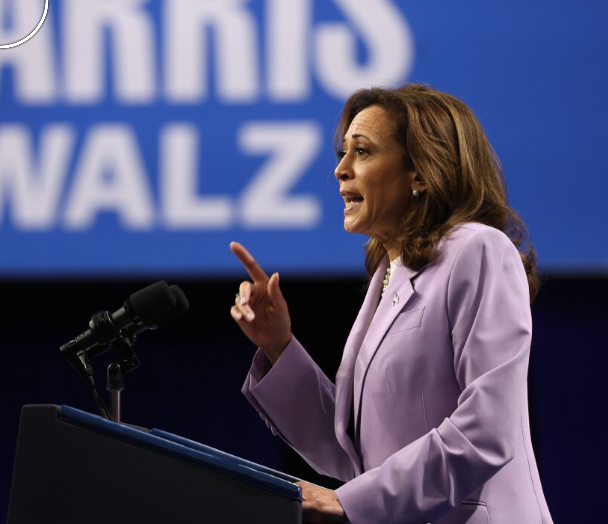
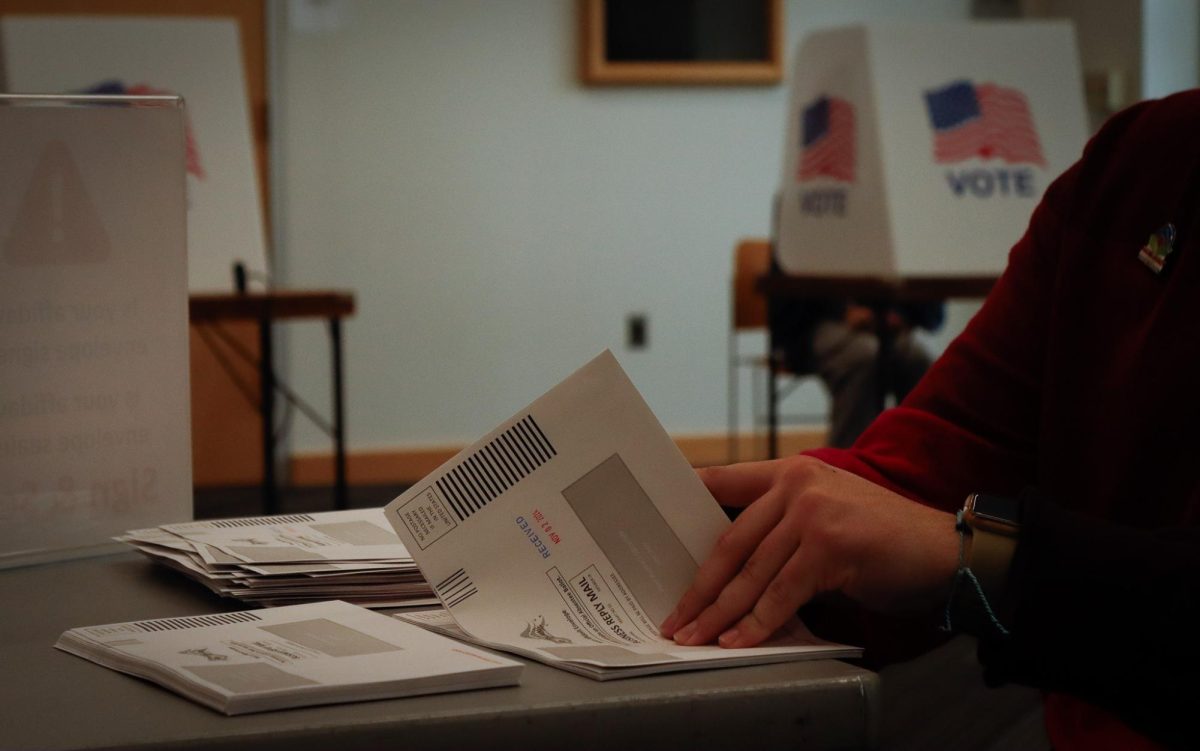






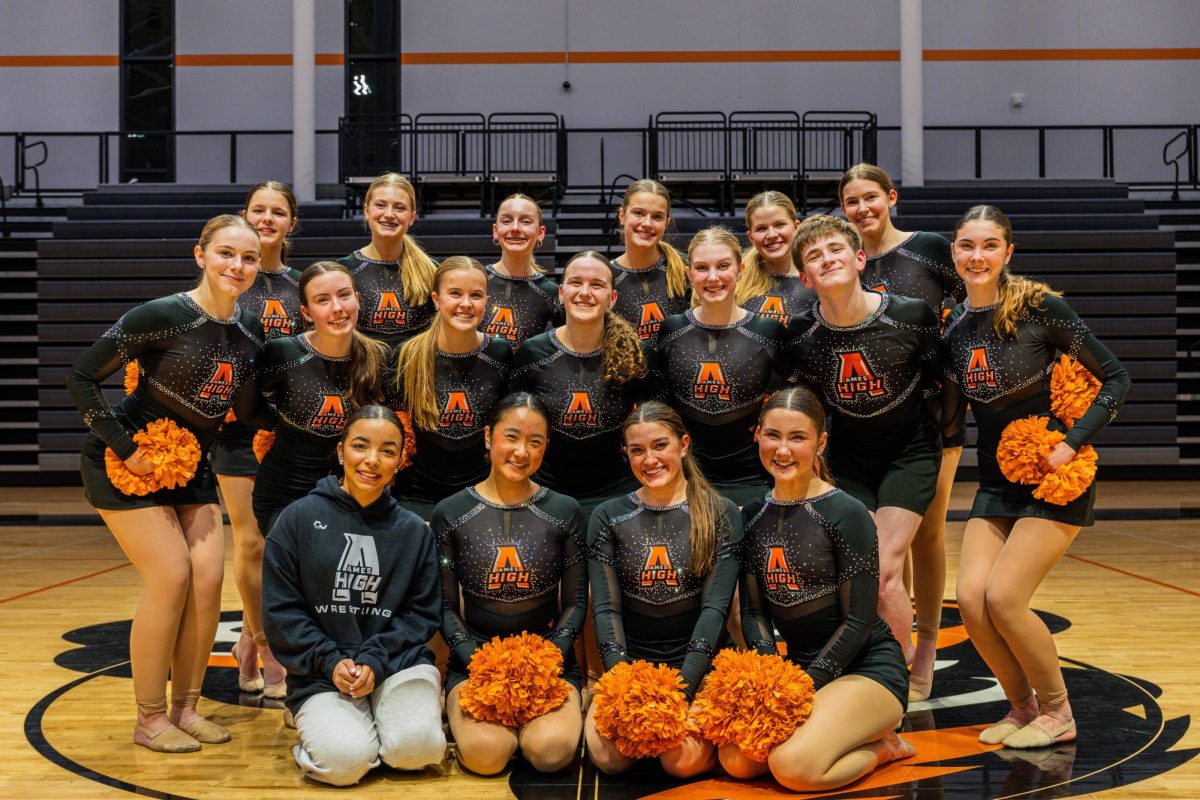


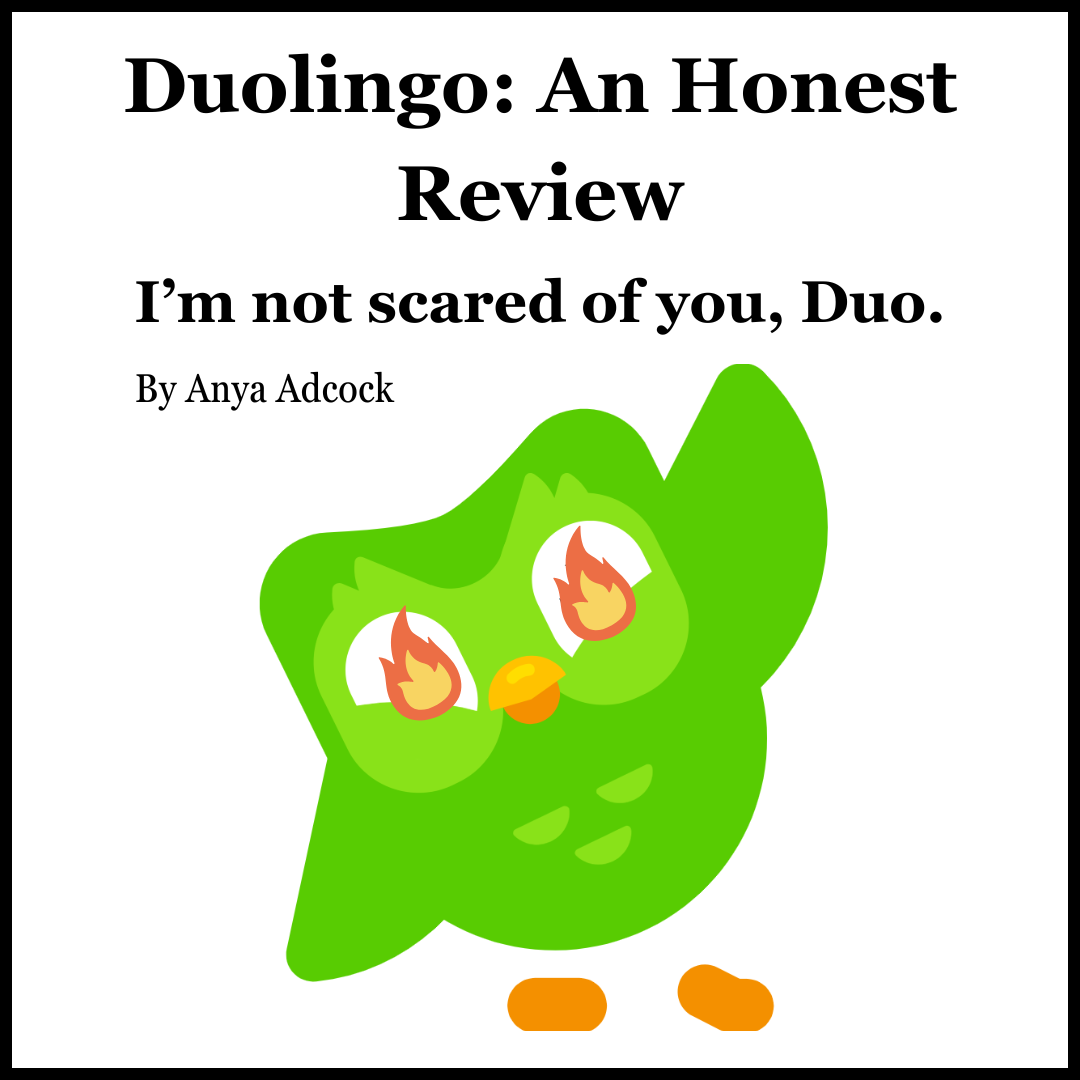









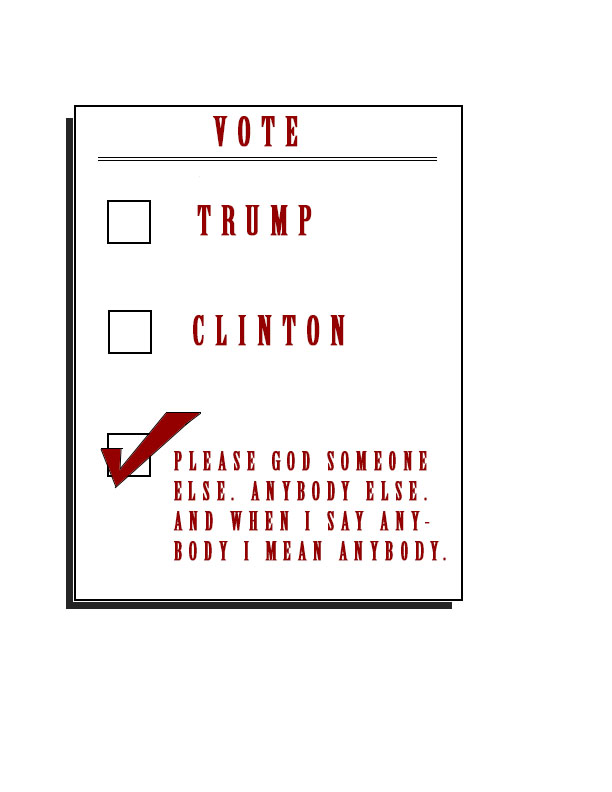





DAT BOI • Nov 21, 2016 at 11:58 am
Is this satire?